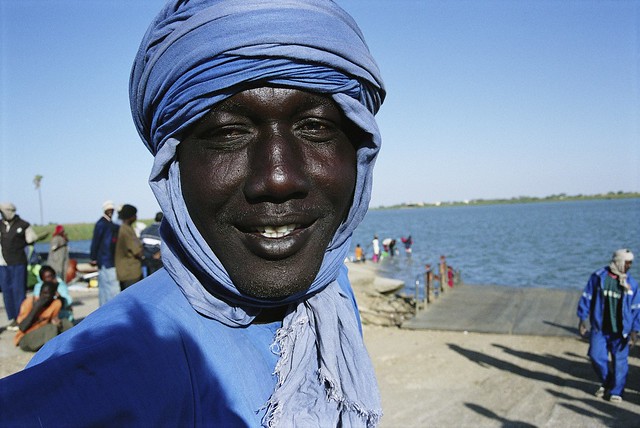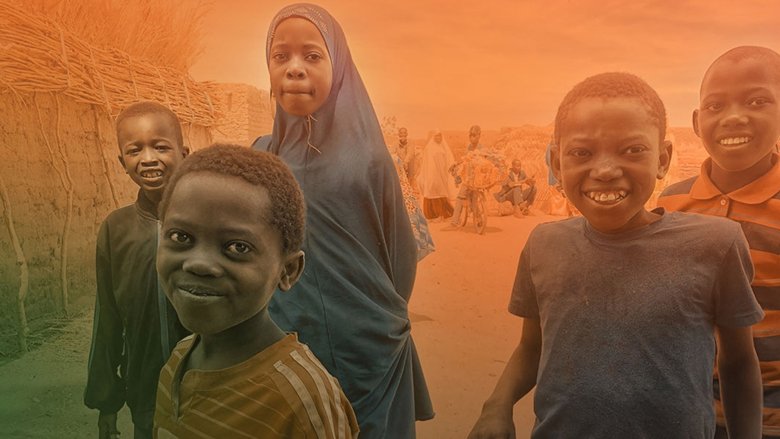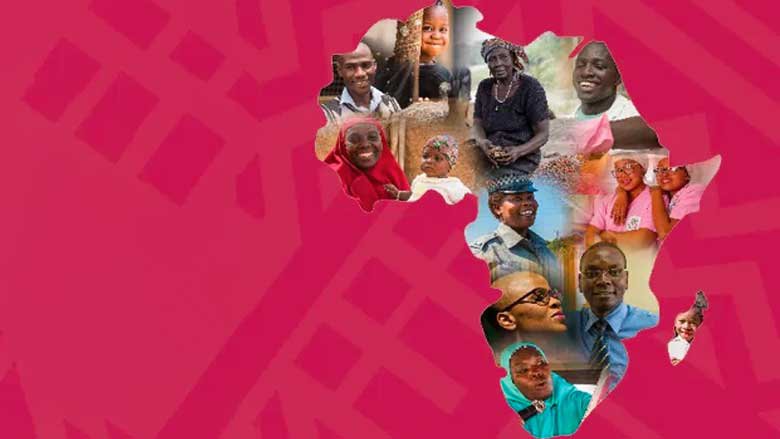Disaster management
In December 2024, Cyclone Chido hit Comoros, devastating homes and crops in Anjouan and Moh¨¦li, leaving many without food or shelter. As part of the , Comoros received rapid financial support, enabling timely emergency relief distribution. The Ministry of Finance secured funds within seven days of the withdrawal request and assigned the Disaster Risk Management Agency to lead the response. , the regional implementing agency for REPAIR, had previously strengthened the agency¡¯s capacity in environmental and social standards, facilitating efficient aid distribution. Comoros provided a detailed loss and damage assessment and an emergency response plan under the REPAIR governance framework. Lessons from this experience are now shaping updates to the framework across all 12 participating countries.
Health and Nutrition
The has helped improve access to quality primary healthcare with over 175,000 people having received health, nutrition, and/or population services through the project. Key milestones have included: the distribution of 38 scholarships for clinical and public health training; the enrollment of 80 health facilities in the Performance-Based Financing Program and the payment of the first subsidies; and supporting 173 community health and nutrition interventions through equipment provision, training of community agents, and promotion campaigns. This activity converges with the social protection sector interventions. The project also supports the enhancement of training curricula for lab technicians and paramedics, and the training of health workers by providing for in-service and pre-service training.
Social Protection
To combat poverty and vulnerability, the World Bank has helped Comoros build a national safety net system and expand its coverage, focusing on resilience, job creation, protection of human capital, women¡¯s empowerment, and economic inclusion while strengthening the crisis response. Coverage of long-term safety net programs has increased from 3% in 2021 to 9% in 2022. The $30 million , which became effective in February 2023, has kept these efforts alive through its various components and will increase this coverage to 17%.
Over 40,000 households of the three islands have benefited from the social cash transfer through digital payment. For the economic inclusion component of the project: 13,000 households among the most vulnerable segment of the 40,900 households previously mentioned have benefited from income-generating activities support while around 5000 households have participated in productive cash for work program.
The project aims to provide emergency cash transfers and improve the resilience of vulnerable households. By combining income support, behavior change communication, and training, it seeks to protect against severe short-term shocks and build long-term resilience. To tackle intergenerational poverty, the project includes measures such as early childhood development (ECD), parenting practices, nutrition, education awareness, and women¡¯s empowerment, benefiting around 20,000 children under six years old. It focuses on empowering women and youth to reduce existing gaps, particularly in employment, prioritizing women as main cash transfer recipients and supporting female-led income-generating activities.
Agriculture and Food
The , completed in 2024 contributed to creating jobs, mobilizing private capital, increasing revenue for beneficiary MSMEs and cooperatives, and boosting agricultural production for beneficiaries. By implementing value chain and firm-level activities, the PIDC strengthened its efforts to foster private-sector-led growth, reduce poverty, and empower the poorest and most vulnerable segments of the population. Project achievements include:
¡¤ A 35.6% increase in revenue was achieved by beneficiary young entrepreneurs, MSMEs, and cooperatives supported through the Business Plan Competition. They received technical assistance, grants, and matching grants ranging from $6,000 to $80,000.
¡¤ 1,772 full-time equivalent jobs were created.
¡¤ 39.2% increase in the volume of agriculture production sold by project beneficiaries.
¡¤ $8.2 million in private capital was mobilized.
¡¤ 12 multi-service platforms were established and strengthened to support the agriculture and livestock sectors and 23 agriculture warehouses were developed.
¡¤ 33.86% increase in the yield of vegetable and food crops.
¡¤ 30.31 km of rural roads were rehabilitated fostering market connectivity. 87 MSMEs and cooperatives were supported through the business plan competition, 46% being women, and 99 young entrepreneurs receiving financial and technical assistance.
¡¤ Institutional and regulatory capacity building included strengthening the tourism sector and agriculture sectors, and the Investment Promotion Agency and Chambers of Commerce and Agriculture.
¡¤ More than 62,000 project beneficiaries were reached.
The Food System Resilience Program (FSRP-KM), active since September 2023, addresses food security in Comoros, supporting 150,000 people, including 60,000 women. It strengthens the national food systems resilience and the country¡¯s preparedness for food insecurity. The program enhances access to improved agricultural inputs (seed, fertilizers, animal feeds) and services (extension, training, phytosanitary/veto); promotes sustainable and resilient landscape and watershed management; resilient fisheries by improving productivity and value-chain improvement together with strengthened fisheries governance; climate change adaptive and resilient coastal and marine resources management; research and innovation that can deliver climate-smart solutions into the hands of farming communities.
Key achievements include distribution of 293,242 high-yield, disease-resistant cassava cuttings and 206,254 nutritious, orange-fleshed sweet potato vines. These efforts aim to boost agricultural production in key areas and help communities vulnerable to malnutrition, benefiting around 700 farmers.
Additionally, 200,000 banana vitro plants are being acquired in partnership with the International Institute of Tropical Agriculture (IITA) to further strengthen resilience in farming. In the livestock sector, support has expanded through four Rural Economic Development Centers (CRDEs), helping 200 households start poultry farming with essential kits. Scholarships in veterinary and animal production have also been awarded to build local expertise. Natural resource management efforts are progressing, with nine water tanks (totaling 7,818 m? in capacity) rehabilitated, ten water user associations established, and 25 hectares of watersheds and mangroves reforested.
Another key milestone is the General Census of Agriculture (RGA), where the community survey has been completed. With technical support from the FAO, the national statistics agency is ensuring high-quality data collection aligned with international standards. The household survey is set to begin in mid-April 2025. Infrastructure improvements are also advancing, with 9 km of feeder roads completed out of the planned 15 km, and technical studies underway for an additional 38 km. Meanwhile, fisheries initiatives continue, focusing on data collection, mangrove restoration, and training women fish processors on sanitary standards. Following recent floods, the project has shifted efforts to support affected communities while developing a warehouse receipt system to improve private sector access to financing and rice imports storage.
Key policy reforms are also underway, including the revision of the Livestock Code, new fisheries regulations, and feasibility studies for a Collateral Management System (UCCIA) in collaboration with EXIM Bank Comores. Finally, a major achievement is the completion of the Food Security and Nutritional Crisis Preparedness Plan (FSCPP), which provides a strategic framework to strengthen resilience and crisis response mechanisms in Comoros.
Transport
A key World Bank investment in Comoros, the & , was approved by the Bank and other development partners including the French Development Agency, the Islamic Development Bank, and the African Development Bank. A major milestone, the rehabilitation of Port Boingoma, was officially launched in September 2024, with work already underway, including the mobilization of equipment and personnel. Once completed, the upgraded port will enhance freight and ferry services, benefiting over 40,000 residents of Moh¨¦li Island. The projects also aim to improve maritime safety and connectivity by developping new passenger boat operations between Chindini/Ouroveni, Boingoma, and Vassy, expected to serve 75,000 passengers annually.
Last Updated: Apr 09, 2025







